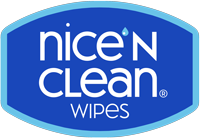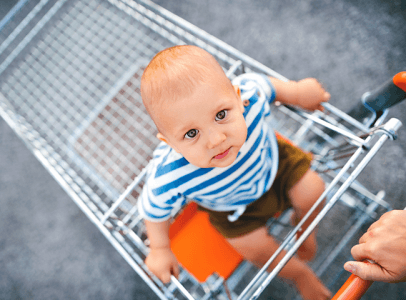How to Discard Biodegradable Products

As more and more biodegradable products are introduced in the market, it’s important to understand what that means and how they impact the environment.
One commonly asked question centers around how to discard biodegradable items so that they can start breaking down.
In this article, we cover the various ways you can dispose of biodegradable products, and how they break down depending on the method you choose.
What are biodegradable products?
For an item to be biodegradable, it must break down into natural, non-toxic elements in a timely manner, generally in less than a year. They are made with only natural materials, nothing synthetic. When the materials decompose fully, they return to the soil and leave no lasting impact on the environment.
Materials that are biodegradable include wood, bamboo, cotton, and paper.
Examples of products made from biodegradable materials include toilet paper, eating utensils, paper plates and cups, and wet wipes.
What are the environmental benefits of biodegradable products?
The primary benefit of biodegradable products is that they don't remain in landfills. By breaking down into natural elements and returning to the earth, biodegradable products don’t leave lasting harmful impacts on the planet, such as plastic does.
How do you discard biodegradable products?
Biodegradable products can be discarded in several ways. The method varies by product and depends on the materials it’s made of.
Here are common methods for discarding biodegradable products and what happens afterwards.
Throwing away
Like other pieces of trash, biodegradable items can be thrown out in trash bins, then sent to landfills, where the biodegradation process will begin naturally. The rate of biodegradation will depend on the material as well as environmental factors, such as air, water, and temperature.
Composting
This process involves breaking down organic materials into rich and nourishing soil. Discarding biodegradable products by adding it to a compost pile allows it to break down faster. One of the main differences between composting and biodegradation is that for composting to succeed, human intervention is required.
Flushing down the toilet
Biodegradable items can be flushed down the toilet only if it’s clearly marked as “flushable” on the packaging. Not every item that is flushable is biodegradable, and not every item that is biodegradable is flushable.
Nice ’N CLEAN® SecureFLUSH™ Technology Flushable Wipes are innovative and revolutionary in that they’re both biodegradable [1] and flushable [2]. The wipes break down 5 times faster in water than the leading toilet paper does. While standard flushable wipes can only be flushed one at a time, Nice ’N CLEAN® SecureFLUSH™ Technology Flushable Wipes can be flushed up to 5 wipes at once, which can help conserve water.
Using biodegradable wipes and other biodegradable products is a great way to reduce your impact on the environment. Sustainably sourced products such as Nice ’N CLEAN® Wipes continue to grow in popularity to meet consumer demand for eco-friendly products. The Nice ’N CLEAN® brand has always been committed to sustainability and understands the importance of taking the planet’s health into consideration when developing innovative eco-friendly products, such as Nice ’N CLEAN® SecureFLUSH™ Technology Flushable Wipes.
[1] When disposed of in the toilet.
[2] Safe for well-maintained sewer and septic systems. Not recommended for use with motorhomes or basement pump systems.
References:




